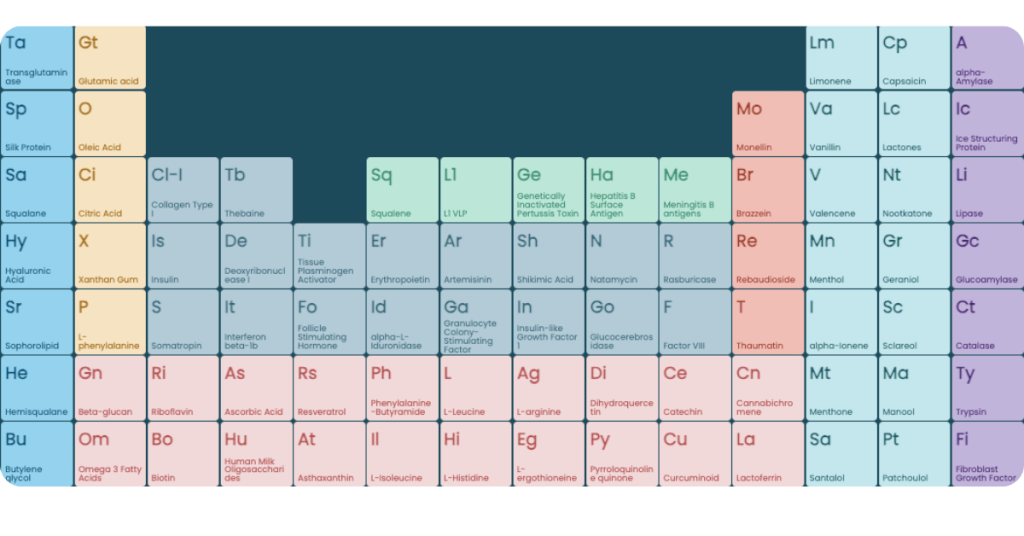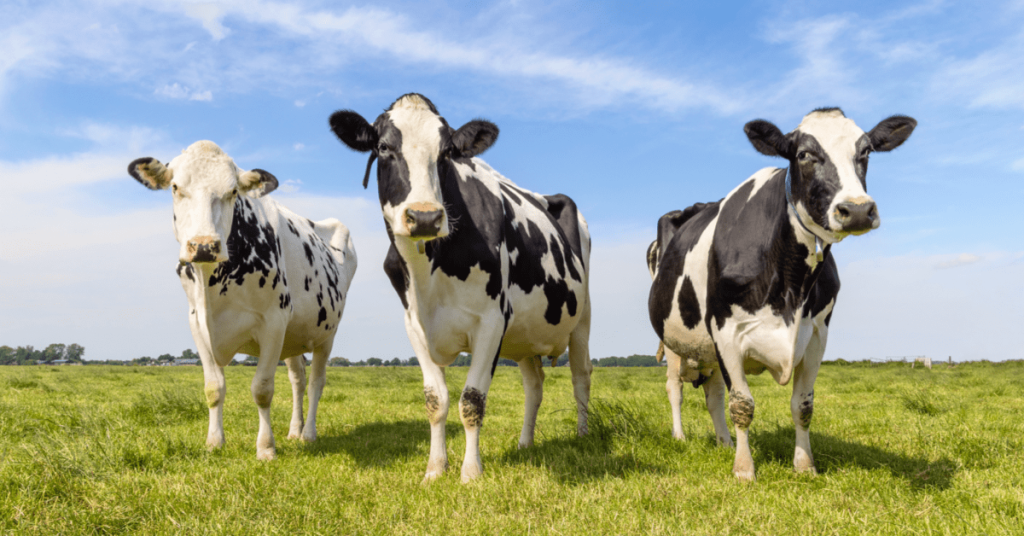
By: The Posts Author | Posted on: 16 Apr 25
By Taylor Hinds
By Taylor Hinds

By: The Posts Author | Posted on: 15 Apr 25
By Bradd Libby and Georgia Shine Bartlett
By Bradd Libby and Georgia Shine Bartlett

By: The Posts Author | Posted on: 23 Jul 24
By Taylor Hinds
By Taylor Hinds

By: The Posts Author | Posted on: 21 Nov 22
Earlier this week it was announced that the United States Food and Drug Administration (FDA) has declared UPSIDE Foods’ cultured chicken safe to eat. This approval came in the form of a No Questions Letter from the FDA in response to the application for GRAS, or Generally Regarded as Safe, status submitted by UPSIDE Foods. In the United States, the FDA manages regulatory approvals for ingredients that are going to be entering the food system. They do this primarily through granting GRAS status which indicates that the ingredient is considered safe by experts and therefore exempt from food additive tolerance
Earlier this week it was announced that the United States Food and Drug Administration (FDA) has declared UPSIDE Foods’ cultured chicken safe to eat. This approval came in the form of a No Questions Letter from the FDA in response to the application for GRAS, or Generally Regarded as Safe, status submitted by UPSIDE Foods. In the United States, the

By: The Posts Author | Posted on: 23 Feb 22
When people figure out how to do something that previously only nature had done, this new technology can completely transform the possibility space for a sector while making old ways of doing things obsolete – and all in a surprisingly short period of time. While the time can be very long between when an idea is first dreamt up and when its first practical demonstration appears, the time between the first practical demonstration and the idea becoming commonplace can be quite abrupt. Flight – from mythology to reality Cave paintings suggest that human beings have long imagined being
When people figure out how to do something that previously only nature had done, this new technology can completely transform the possibility space for a sector while making old ways of doing things obsolete – and all in a surprisingly short period of time. While the time can be very long between when an idea is first dreamt up

By: The Posts Author | Posted on: 22 Feb 22
Last year, the folks at Our World in Data published an article and some graphics about how human diets affect land use. The conclusion, as you can see on their chart below, is that if everyone in the world ate a vegan diet – one without any animal products at all – global agricultural land use would decrease by 75%. Examining land use makes it clear how inefficient consuming animals really is; the carnivore’s footprint is huge compared to the vegan’s. Our World in Data suggests that globally about 1/3rd of forests and 2/3rds of grasslands and
Last year, the folks at Our World in Data published an article and some graphics about how human diets affect land use. The conclusion, as you can see on their chart below, is that if everyone in the world ate a vegan diet – one without any animal products at all – global agricultural land use would decrease by

By: The Posts Author | Posted on: 6 Dec 21
According to a new report by the Farm Animal Investment Risk & Return (FAIRR) initiative, a global investor network that aims to put factory farming on the environmental, social and governance (ESG) agenda, animal agriculture is deeply unprepared for the transition to a sustainable food system. But there is one interesting silver lining: 28 out of 60 publicly-listed animal protein companies – almost half – now have some involvement in alternative proteins, which includes seven in cultivated meat. The shift toward alternative proteins even from within parts of the existing agricultural system is a signal of what’s to come: Precision
According to a new report by the Farm Animal Investment Risk & Return (FAIRR) initiative, a global investor network that aims to put factory farming on the environmental, social and governance (ESG) agenda, animal agriculture is deeply unprepared for the transition to a sustainable food system. But there is one interesting silver lining: 28 out of 60 publicly-listed animal protein

By: The Posts Author | Posted on: 2 Nov 21
Over 100 world leaders have pledged to end, and even reverse, deforestation by 2030 at the COP26 UN climate summit. And over 30 of the world’s biggest financial companies have promised to end investment linked to deforestation. But in 2014, a similar ‘landmark’ agreement was reached – and this didn’t slow deforestation at all. Part of the problem is that decision-makers are locked into trying to solve problems within the framework of the incumbent paradigm. But this paradigm is about to be dramatically transformed, opening up entirely new ways of thinking about forests. Far from focusing purely on ‘band aid’
Over 100 world leaders have pledged to end, and even reverse, deforestation by 2030 at the COP26 UN climate summit. And over 30 of the world’s biggest financial companies have promised to end investment linked to deforestation. But in 2014, a similar ‘landmark’ agreement was reached – and this didn’t slow deforestation at all. Part of the problem is that

By: The Posts Author | Posted on: 27 Oct 21
Technology disruptions already underway in the energy, transportation, and food sectors have extraordinary implications for climate change. These three disruptions alone, driven by just eight technologies, can directly eliminate over 90% of net greenhouse gas (GHG) emissions worldwide within 15 years. Our previous research has shown that these disruptions are inevitable. Solar, wind, and batteries (SWB) will disrupt coal, oil, and gas. Autonomous electric vehicles (A-EVs) providing transportation-as-a-service (TaaS) will disrupt internal combustion engines and private vehicle ownership. And precision fermentation and cellular agriculture (PFCA) will disrupt meat, milk, and other animal products. The three disruptions are already unfolding simultaneously,
Technology disruptions already underway in the energy, transportation, and food sectors have extraordinary implications for climate change. These three disruptions alone, driven by just eight technologies, can directly eliminate over 90% of net greenhouse gas (GHG) emissions worldwide within 15 years. Our previous research has shown that these disruptions are inevitable. Solar, wind, and batteries (SWB) will disrupt coal, oil,

By: The Posts Author | Posted on: 26 Oct 21
Despite all of the doom and gloom that surrounds climate change today, there has never been greater cause for optimism about the future of the environment. The reason why is that we already have the tools we need to meet this formidable challenge. But some tools are better than others, and if we get distracted by the wrong ones we could lose trillions while failing to solve the problem, so it is crucial that we stay focused and use the right tools for the job. Climate change represents a genuine existential threat to our civilization that is rivaled in magnitude
Despite all of the doom and gloom that surrounds climate change today, there has never been greater cause for optimism about the future of the environment. The reason why is that we already have the tools we need to meet this formidable challenge. But some tools are better than others, and if we get distracted by the wrong ones we







